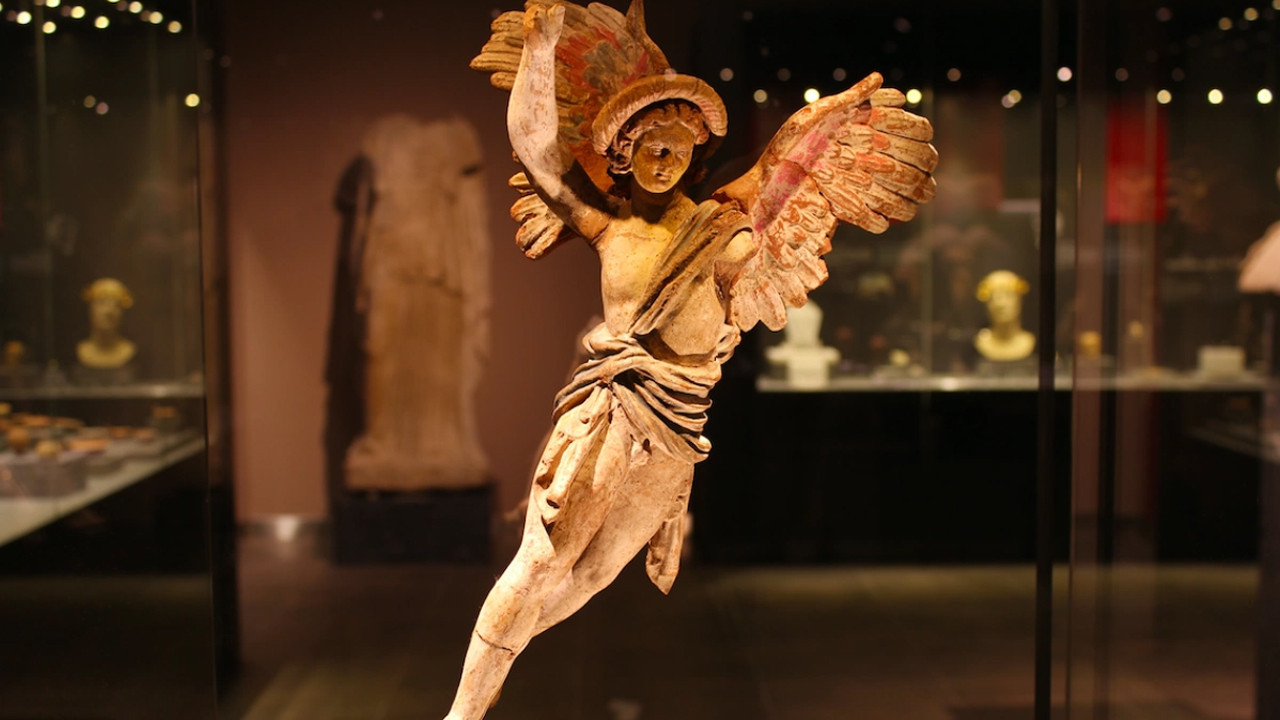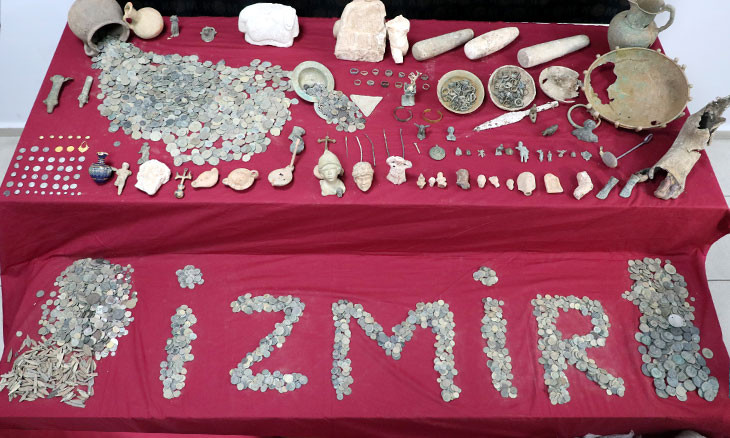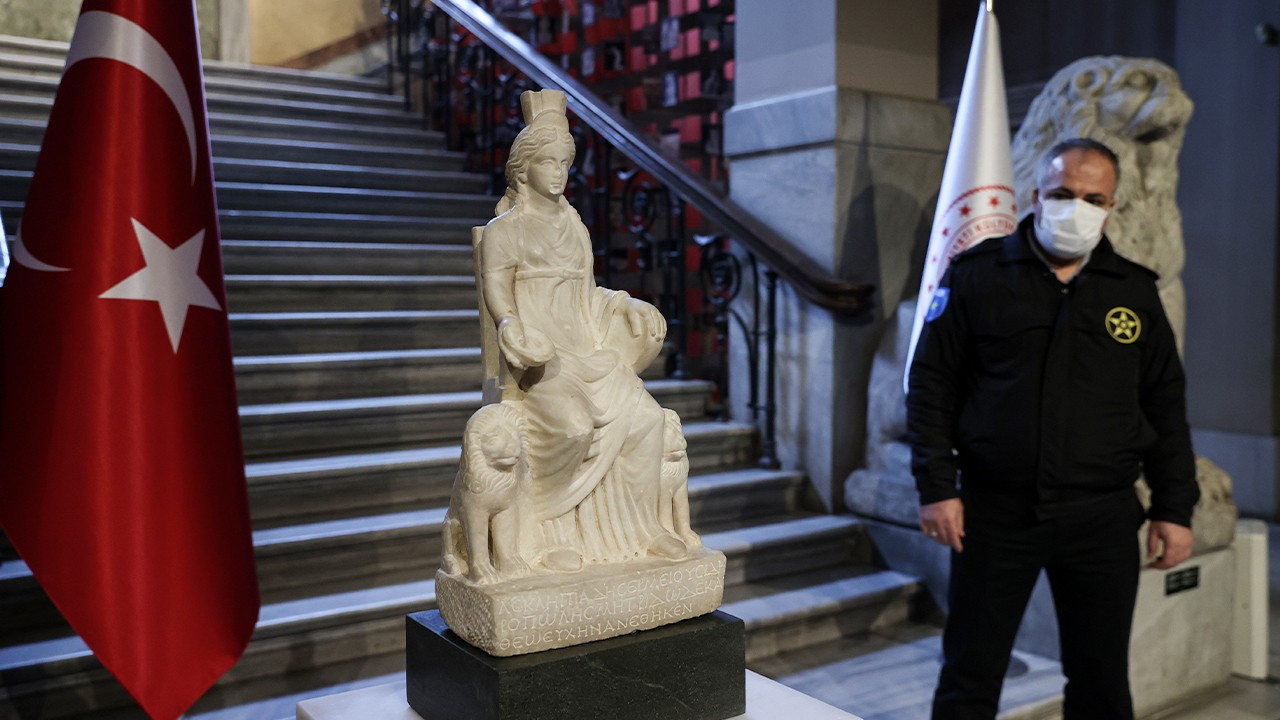US returns 41 stolen historical artifacts to Turkey
The United States returned 41 historical artifacts including bronze heads, busts, and silver figurines stolen in the 1960s to Turkey, Turkey’s Culture and Tourism Minister Nuri Ersoy on Dec. 6 announced.
Duvar English
The Culture and Tourism Minister of Turkey Nuri Ersoy on Dec. 6 announced that the United States returned 41 stolen historical artifacts to Turkey.
Ersoy shared on his social media account, “We are proud! We received another group of historical artifacts illegally taken out of the country.”
Gururluyuz!
— Mehmet Nuri Ersoy (@MehmetNuriErsoy) December 5, 2023
Ülkemizden yasa dışı yollarla çıkarılmış bir grup eserimizi daha New York'da bulunan Türk Evi'nde teslim aldık.
Manhattan Bölge Savcılığı ve İç Güvenlik Soruşturma Birimi ile gerçekleştirdiğimiz başarılı çalışmalar sonucunda bronz başlar, büst ve gümüş… pic.twitter.com/oWdxAG7AfX
“With our successful collaboration with the Manhattan District Prosecutor and Homeland Security, 41 cultural assets including bronze heads, busts, and silver figurines are returning home.”
Ersoy stated that the number of returned items increased to 3,059 in 2023.
The Culture and Tourism Ministry stated that the Turkish committee received the artifacts at the Turkish House in New York.
Among the returned artifacts are the three bronze statue heads, one bronze woman’s bust, and body parts belonging to four bronze statues from the Boubon Ancient City in Turkey’s Mediterranean Burdur Province are considered important examples of Roman sculpting in Anatolia.
The artifacts were stolen in the Boubon Ancient City’s illegal excavations in the 1960s. The Young Caracalla and Mature Caracalla heads were significant as they belonged to the statues erected in the sacred site (Sebasteion) of the ancient city.
Two other bronze statues from the Sebasteion, Lucius Verus and Septimus Severus were returned to Turkey in 2022 and 2023.
Among the historical artifacts returned from the US are an earthenware female head, one Roman Minerva-shaped bronze weight, one earthenware and one silver Cybele figurine, one bronze Satyr figurine, one silver woman figurine, and two bronze helmets dated 400 BCE.
A significant artifact type returned from the US is the 22 individual Kilia (Gallipolli) style idol heads. The only known production site of the idol heads is the Kulaksızlar Village in Turkey’s Aegean Manisa province.
The wild-goat figurine Olpe, a black-figure stylistic of the 7.-6. century BCE Western Anatolia pottery is significant for being one of the oldest specimens of its form. The cup form used to serve beverages in the antique age features dancing satyres.
The artifacts taken over from the US will return to Turkey in the first week of December.

 Turkish museum head detained over historical artifact smugglingCulture
Turkish museum head detained over historical artifact smugglingCulture Ankara reclaims 65k pieces in record-size historical artifact heist raidCulture
Ankara reclaims 65k pieces in record-size historical artifact heist raidCulture Ancient statue of Cybele returned to Turkey after it was stolen in 70sCulture
Ancient statue of Cybele returned to Turkey after it was stolen in 70sCulture